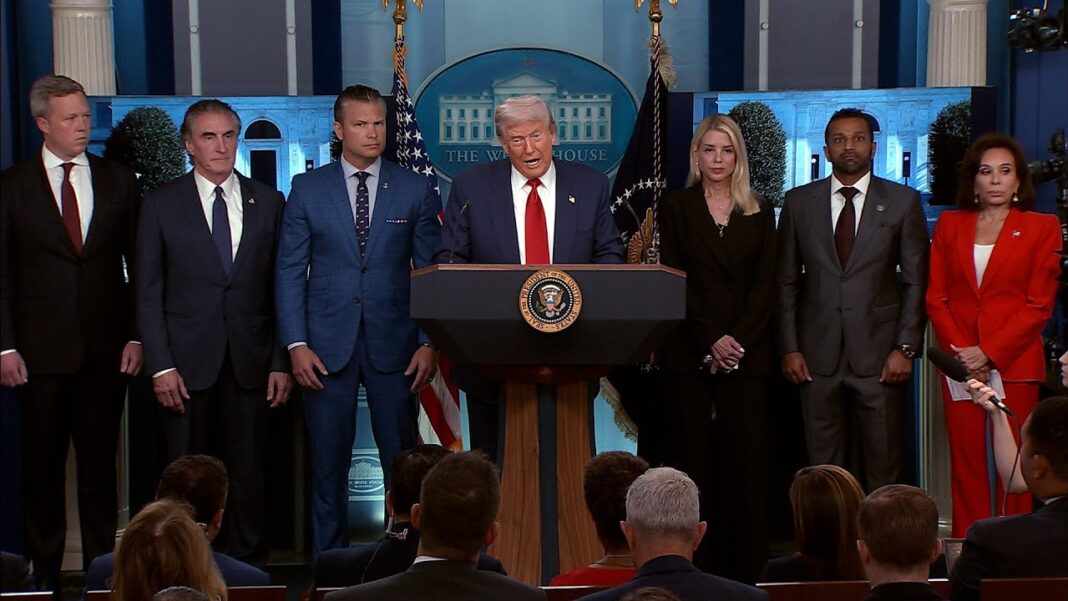Both sides will continue broader trade negotiations.
President Donald Trump has extended a 90-day tariff pause on China.
With only hours until the temporary agreement’s Aug. 12 deadline, Trump signed an executive order to allow the United States and China to continue trade negotiations.
Since a two-day meeting in Stockholm between the world’s two largest economies in late July, both sides have floated the idea of extending the deal to allow for further talks.
Earlier in the day, Trump did not say whether he would approve a 90-day extension to the U.S.–China tariff pause, potentially leaving the door open for tariffs to return to near-embargo levels.
“We’ll see what happens,” the president told reporters at an Aug. 11 press briefing.
“We’ve been dealing very nicely with China. As you have probably heard, they have tremendous tariffs that they’re paying to the United States of America.”
The United States and China engaged in near-embargo tariffs earlier this year. The United States imposed 145 percent levies on Chinese goods entering the country, while Beijing countered with 125 percent retaliatory tariffs. Since then, the current U.S. administration has lowered its rate to 30 percent, while China has reduced it to 10 percent.
An extension into the fall could allow for a meeting between Trump and Chinese leader Xi Jinping. Trump has also denied pursuing a summit with Xi, writing on Truth Social that he is “not seeking anything.”
“I may go to China, but it would only be at the invitation of President Xi, which has been extended. Otherwise, no interest!” the U.S. president said in a July 28 post.
It comes shortly after he confirmed that Advanced Micro Devices (AMD) and Nvidia would be charged a 15 percent fee on revenues for artificial intelligence (AI) chip sales to China. Estimates suggest the U.S. government could collect approximately $2.2 billion from the sales.
The announcement did little to lift U.S. stocks as the leading benchmark indexes remained in the red. The blue-chip Dow Jones Industrial Average tumbled 0.4 percent, while the tech-heavy Nasdaq Composite Index and broader S&P 500 dipped 0.1 percent.
By Andrew Moran







